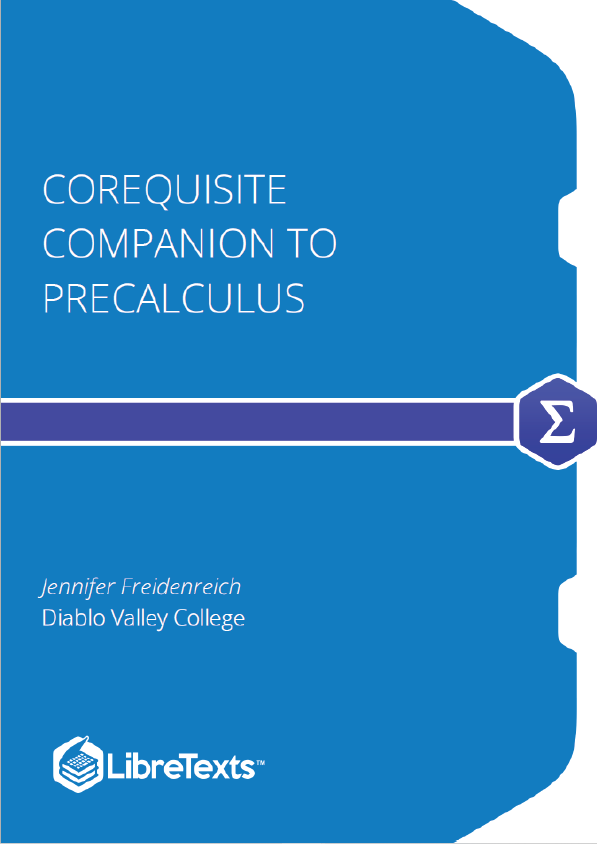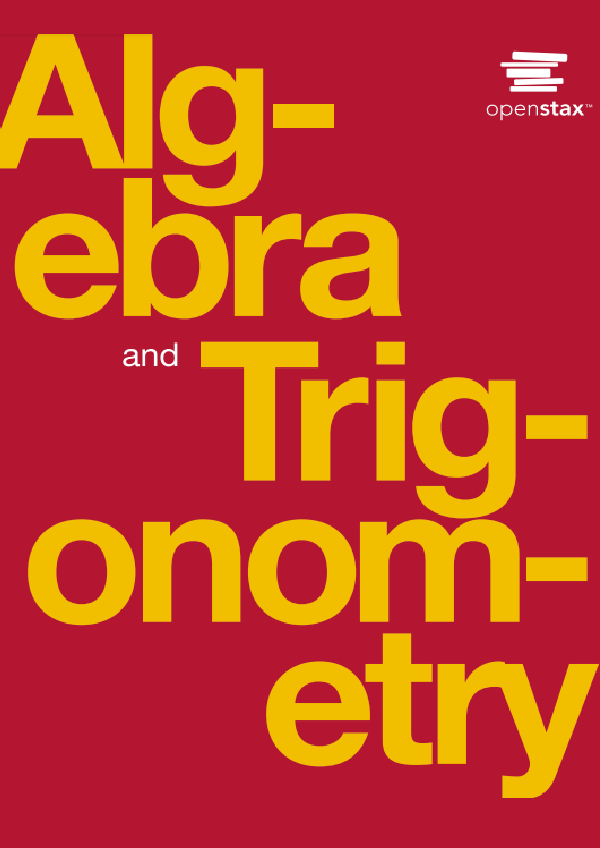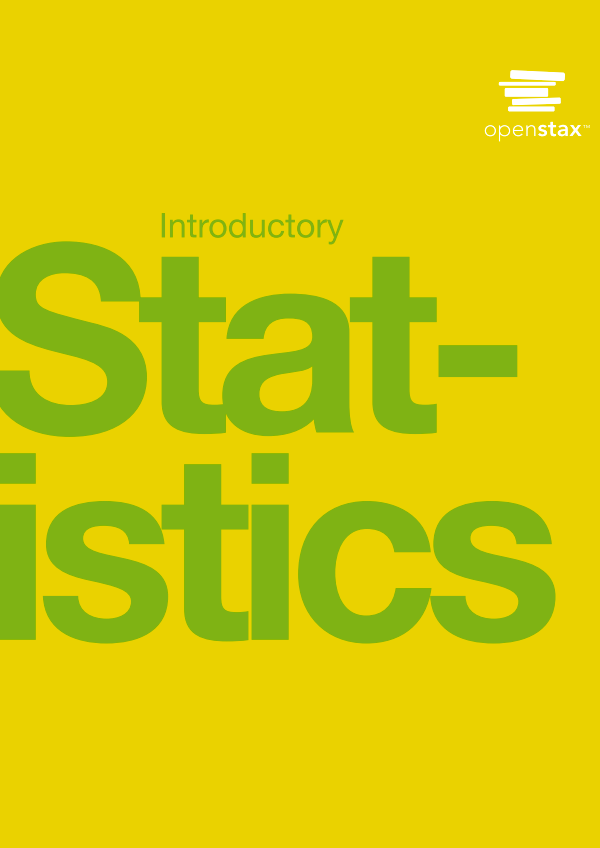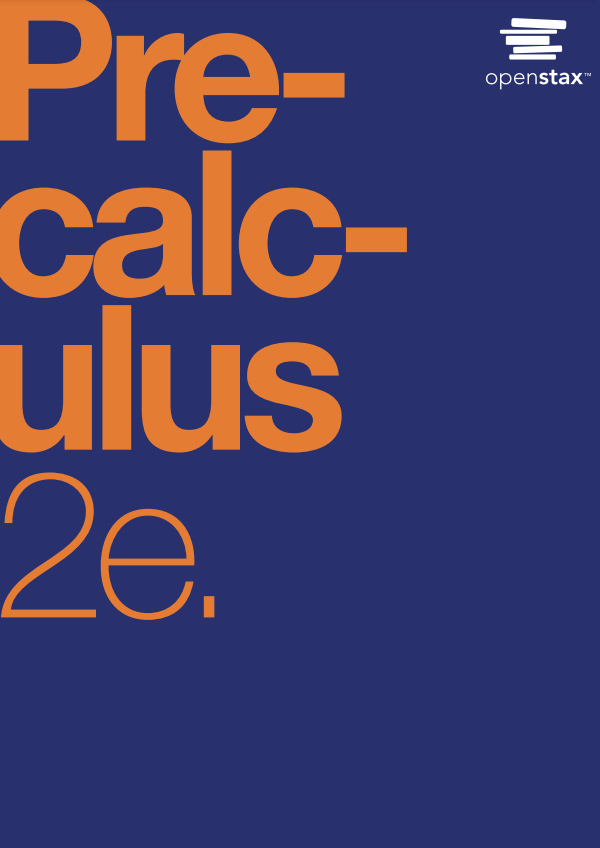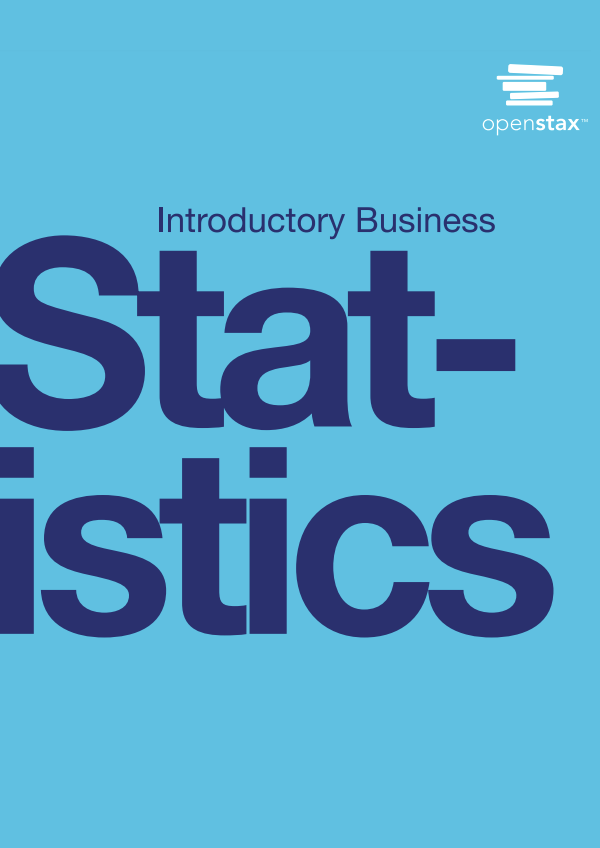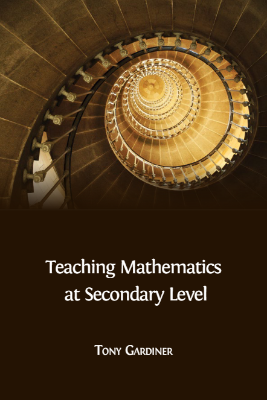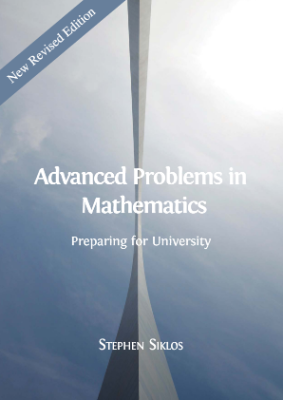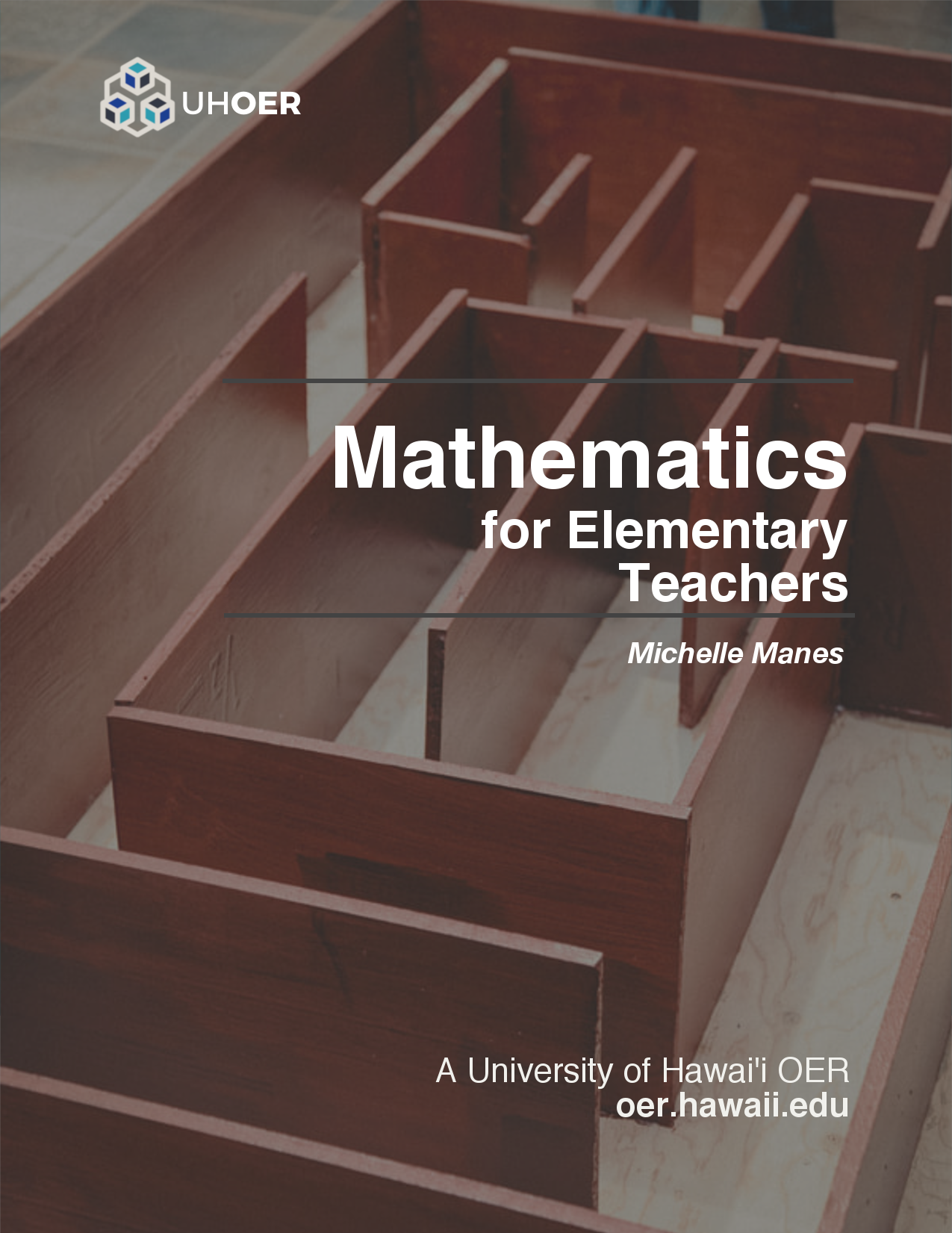Simplifying Expressions
- Differentiate between the mathematical properties and apply properties correctly.
- Generalize the FOIL method from numerical examples to algebraic examples.
- Categorize special products and apply formulas correctly.
- Assimilate function notation into calculations that use mathematical properties.
Exponent Properties and More!
Folks remember, above all else, properties of math! Properties allow us to transform an expression or an equation into an equivalent form. We often need to use properties to move through a problem’s solution. This section introduces several properties. For all the properties in this section, the variables a, b, c and represent real numbers. Here are a few properties, followed by examples for their use:
a+b = b+a
The order of addition does not matter.
ab = ba
The order of multiplication does not matter.
FOIL Method and Special Products
In this section, examples are given for multiplying a binomial ( -term polynomial) to another binomial. In some cases, the FOIL method yields predictable patterns. We call these “special products.” Recognizing special products will be useful when we turn to solving quadratic equations.
Multiplying Polynomials of More Than 2 Terms
Finally, let’s tackle multiplying polynomials of any number of terms, not just binomials. The FOIL method was developed using area of a rectangle. We’ll use the same method to develop a strategy for multiplying polynomials of more than terms to each other.
Function Notation and Simplify Expressions
The goal of this section is to practice function notation. Functions have many interconnected mathematical concepts. Therefore, more detail about functions will emerge in your Precalculus course. This section will practice the correspondence of inputs to outputs using function notation, giving further practice with the properties introduced in previous sections.
